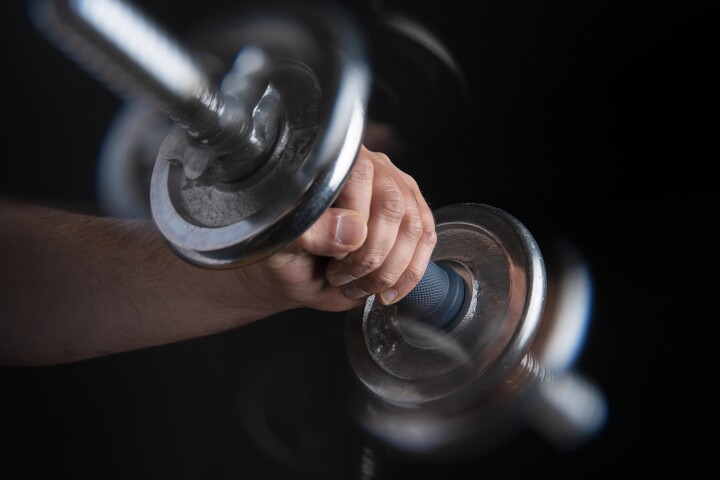According to researchers at the University of the Basque Country, about 10 percent of dental implants end up having to be removed due to bacterial infections or the implant not integrating with the patient's jawbone properly. To combat this, the team has developed new coatings for dental implants that not only anchor to the surrounding bone better, but could fight bacterial infection in three ways.
Your standard dental implant is made up of a titanium screw that's fitted into the empty tooth socket, with a prosthetic tooth atop it. It can take months for the screw to become osseointegrated – that is, for the bone to grow around the implant – and during that time, the patient may not be able to eat solid foods. Past attempts to improve recovery times and reduce the risk of rejection have included growing the tooth directly in the socket using the patient's own stem cells, developing a nanocoating that speeds up the healing process, and 3D printing replacement teeth with an in-built antimicrobial resin.
For the new research, the team planned to develop coatings that could both improve osseointegration and help stave off infection, either by preventing bacteria from taking hold in the first place, or killing it after it develops.

"We had already obtained coatings that facilitate the generating of bone around the implant and thus facilitate anchoring to the bone," says Beatriz Palla, one of the study's authors. "In a bid to go a step further, we looked at how to turn these coatings into bactericides."
First, the researchers synthesized a precursor solution from silica, which is turned into a gel, painted onto the screw and fired in a kiln to make sure it adheres to the surface. That aids osseointegration, while added antibacterial agents give it infection-fighting powers.
"We used silica as the precursor, because in many studies this compound has been shown to be osteoinductive, so it facilitates one of the objectives we wanted to achieve," says Palla. "What is more, to provide the materials with antibacterial characteristics, we added various antibacterial agents."
One of these agents worked as a prophylactic, while the other two were used to eliminate bacteria after the fact. The first was developed using, as Palla describes, "a material with a very long degradation time so that it would remain adhered to the screw and work for as long as possible preventing bacteria from becoming adhered."
The coatings designed to attack existing infection worked in almost the opposite way, using a material that degrades quickly in response to bacteria, releasing the antibacterial agent. And since getting an implant in or out is a difficult process, one of the two coatings is designed for use in the dentist's surgery, by applying the material to the screw without needing to remove it from the patient.
While these materials are still being tested, the researchers confirm that antibacterial coatings can be viable, although there's still plenty of work to be done.
"Apart from all the trials that remain to be carried out, it would also be advisable to pursue the research a little further to optimize the results more," says Palla.
The research was published in the Journal of Non-Crystalline Solids.
Source: University of the Basque Country





